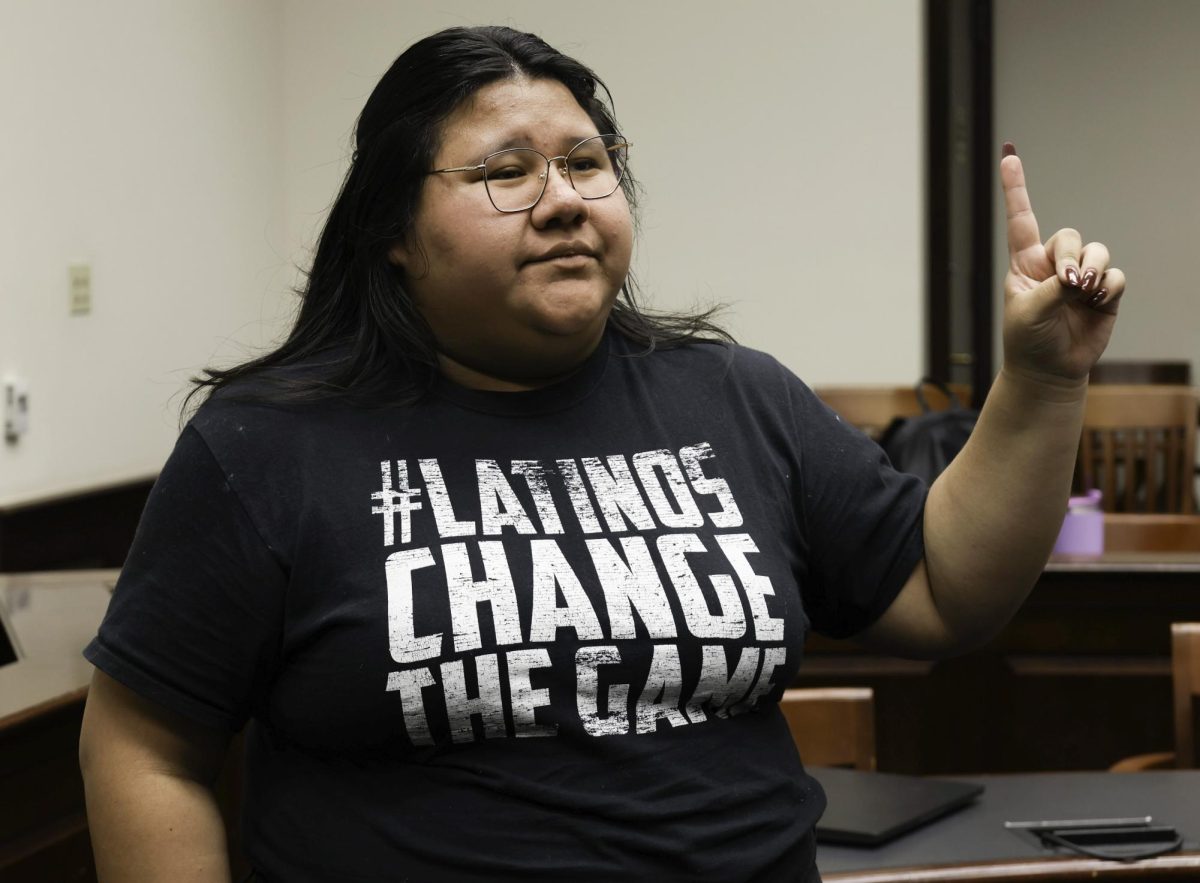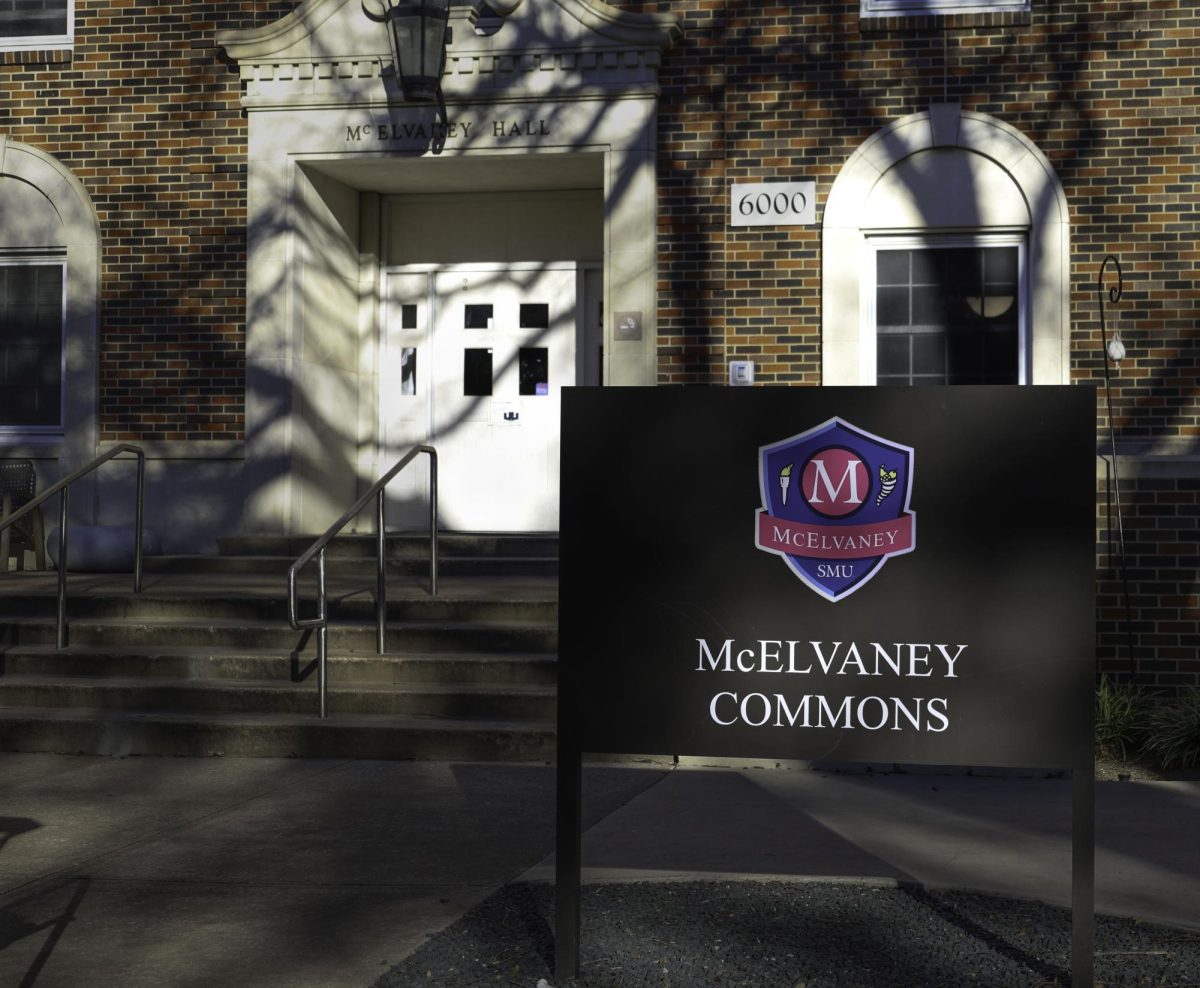To the traditionally Christian faithful and to a world trapped in the dark of socially destructive violence, The Easter Event bears unambiguous affirmations of life and love over and against diverse forms, technologies, instruments and forces of death. So important to the early Christian community’s self-understanding is this message that nearly all Christian language and symbols find their meanings cohering in “The Easter Event.” And what is The Easter Event?
Ahh … That is the question, isn’t it? For Easter neither stands alone nor explains itself. Emphatically, Easter has nothing to do with cute little ducklings and chicks or basket-bearing bunnies! The Easter Event requires a context larger than these distracting cultural artifacts as well as a setting broader than the single morning in the experience of Jesus of Nazareth to which it points. For this wayfaring pilgrim, The Easter Event is a matter of life and death, of death in life and – ultimately – life despite death.
The Easter Event exposes darker realities of human betrayal, violence and spiritual wilderness. These include Jesus’ own morally based anger and outrage at distortions of institutionalized religion. The Easter Event acknowledges, without explaining away, the fragmentation and disintegration of a tight-knit community of once- faithful friends, and it recognizes Jesus’ own spiritual struggle, his unfolding self-understanding, and physical suffering that includes his crucifixion.
The resurrection stories of the Gospel narratives announce the ultimate destruction of an entire culture and its artifacts – a culture of alienation and estrangement, of despair and malaise that leads toward and signals death. In a nutshell, The Easter Event signifies the demise of death’s authority to define life. It denies the chaotic claims of absurdity as worthy or adequate symbols for interpreting human existence. In a word, The Easter Event frames an ultimate “yes” in response to death’s “no.”
The story Christian folk celebrate during Holy Week or Passion Week traces the last week of Jesus’ life with his disciples before his arrest, trial and crucifixion. Although theologians and biblical scholars approach these events from many differing perspectives, recurring elements of their approaches include accountings for these elements:
1) Jesus’ violent death by crucifixion, a “typical” mode of Roman execution of political dissidents and capital offenders; 2) a relatively small band of disciples scattered in fear and uncertainty upon his death; 3) the empty tomb “three days” following Jesus’ death; 4) reported experiences of his “real presence” and “appearances” among these same disciples and others in several settings; and later, 5) a renewed, reintegrated, energized community able to proclaim new significance to Jesus’ life among them, the radical and paradoxical nature of his teachings, his death by crucifixion and the certainty of his “new” life.
Elements of this “news” were surely heard on Easter morn in packed churches and on sundry lakeshores across this land. Christians are a peculiar lot, listening in droves this time of year for a fresh word about this well-reported event. Why do they so celebrate, having heard the same story many times before? To be sure, the elements of the “old story” are well worn and thoroughly recounted across diverse theological horizons, not to mention countless denominational chasms. Some folks even rise before dawn to reenact the drama themselves! Perhaps they seek ordeal, for ordeal intensifies and reconfigures “ordinary” meaning. Sometimes those old words have been worn smooth of meaning.
Others soar through aesthetic transformations that only Handel’s “Chorus” can mediate. Some find the resurrection’s reality worked out in political manifestos and social projects. Still others seem drawn to the mystery of that worn word spoken in new confidence, on good report, a word that love is stronger than death, that at life’s heart is mystery, and its meaning unconditionally beneficent in character. Still others gather to be nourished by simple food — bread and wine — food for arduous and sometimes lonely journeys through death’s confusing and devastating darkness toward an ever-faint and distant light, a metaphoric slouch toward the possibility and hope of the ultimate yes.
After all is said and done, those who experience Easter as event are, just perhaps, more boldly able to name the living death. For in naming that terror, death’s power recedes. Today, at a time in our history when death’s forces emerge from within our own culture’s center, simply naming death’s source carries its own perils. To those who know this dark predicament, word of “life” comes as unambiguously good news.
About the writer:
The Reverend William M. Finnin, Th. D. is chaplain and minister to the university. He can be reached at wfinnin@smu.edu.








